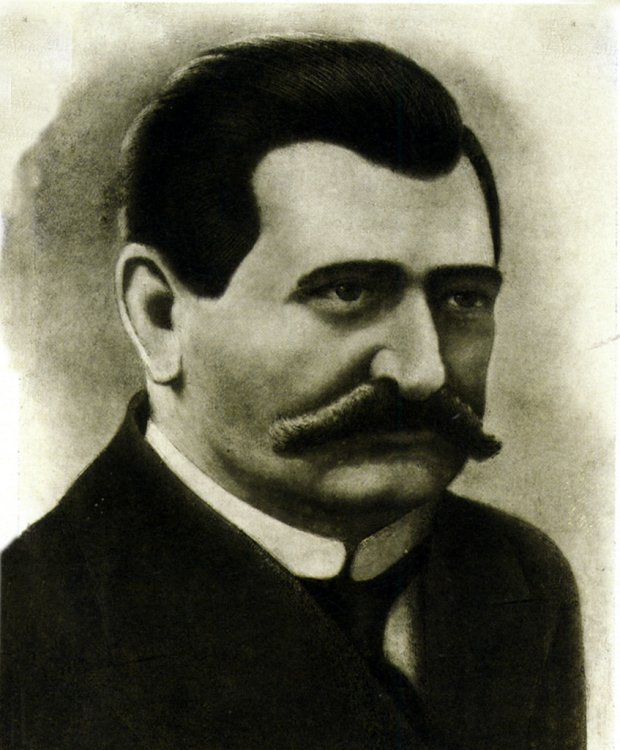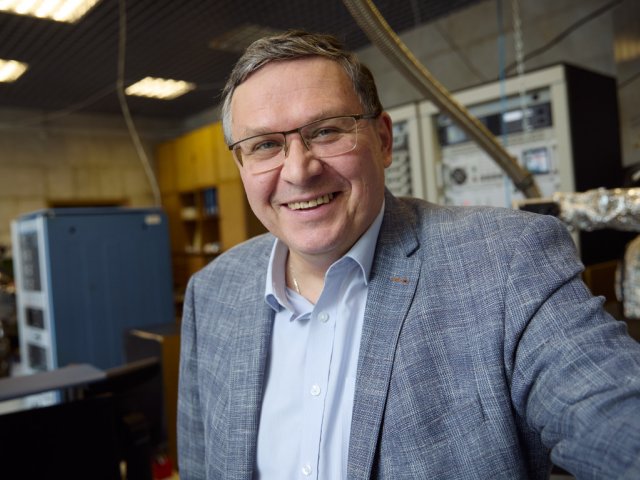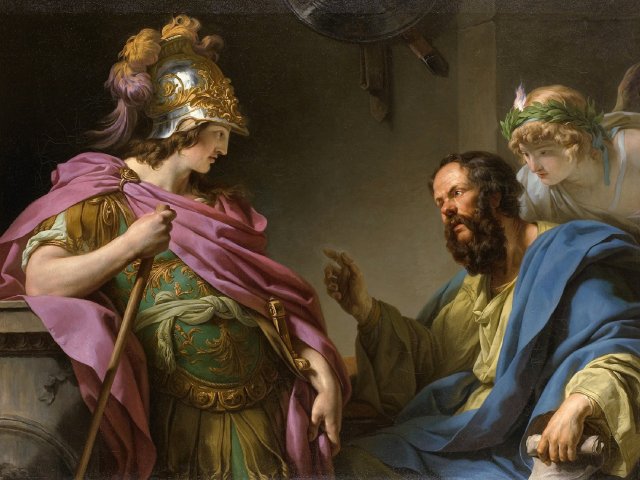Official:
Alexander Nikolaevich Lodygin. 6 (18) October 1847 – 16 March 1923. Russian electrical engineer, one of the incandescent lamp inventors.
Life and Work:
1. In 1878, the English inventor Joseph Wilson Swan got a patent for the incandescent lamp with carbon fiber. Around the same time, Thomas Alva Edison took up the invention of the electric light bulb. Later, they argued about priority in an American court. The American court figured out the following: it acknowledged that the priority in creating the incandescent lamp belonged to the Russian engineer and inventor Alexander Nikolaevich Lodygin. By the time of the trial, Lodygin’s light bulbs had long been tested in St. Petersburg.
2. We can call the inventor of the induction furnace, the electric heater, and, of course, the incandescent light bulb the king of Russian electrical engineering, and it will not be a big exaggeration. By the way, he is a distant relative of the real tsar: the poor nobles Lodygins derived their lineage from Andrey Kobyla, who is considered an ancestor of the Romanov family.
3. Alexander Lodygin was born in 1847 in his parents’ estate in Tambov Province and, according to the family tradition, was destined for military service.
4. “Kind, brave, diligent,” – this is how they described him in the Cadet Corps. However, Alexander Nikolaevich did not stay with the military: the regimental morals quickly disappointed the young man, and his passion for technology prompted him to retire.
5. In 1870, he came to St. Petersburg obsessed with three ideas at once. He simultaneously invented a flying machine, which he dubbed elektrolyot, a diving apparatus, and an incandescent light bulb.
6. The Russian Military Ministry ignored the inventor’s letters. But there was a response from Paris, and Lodygin went to France to build the elektrolyot and use it in the war against Prussia. But I did not have enough time: France was defeated and stopped being interested in the elektrolyot.
7. Alexander Nikolaevich returned to his homeland and attended lectures at the Institute of Technology. And he was continuously experimenting with electric lighting.
8. They say that Lodygin’s invention of the carbon incandescent lamp was prompted by work on aircraft electrical equipment. He experimented with different materials, heating them with an electric current. As a result, he chose a coal rod placed in a glass cylinder, from which air was pumped out.
9. The first inventor’s demonstration took place in the St. Petersburg district of Peski – where the official Akaky Akakievich Bashmachkin was once robbed of his overcoat in the dark. Kerosene lamps were replaced with electric ones in two street lamps. The onlookers brought newspapers with them to compare the distances from the kerosene and the electric lamp where it was possible to read.
10. Afterwards, Lodygin arranged public experiments more than once, and the curious stood in line for hours to buy tickets. The event gathered more people than an opera at the Mariinsky Theater.
11. In 1872, Alexander Lodygin applied for the invention of the incandescent lamp, and two years later he finally got the patent, which was then called “privilege” in Russian: Privilege No.1619 of July 11, 1874.
12. The same year, the St. Petersburg Academy of Sciences awarded Lodygin the Lomonosov Prize of 1,000 rubles for the discovery that “promises to revolutionize the important issue of lighting.” This prestigious prize was awarded “for particularly important inventions and discoveries made in Russia in the field of industry and technical sciences, and for the best essays.”
13. Lodygin patented his invention in many countries: Austria-Hungary, Spain, Portugal, Italy, Belgium, France, United Kingdom, Sweden, and even in India and Australia.
14. Lodygin did not receive any financial support from the Russian government. Together with his assistant, V. F. Diedrichson he founded the Electric Lighting Company, A.N. Lodygin and Co., but it soon went bankrupt: the remarkable inventor turned out to be a bad businessman.
15. In the 1870s, Lodygin became interested in politics. So much that for three years he lived in a community colony of narodniks in Tuapse.
16. For scientific and technical achievements, Lodygin was awarded – an infrequent case among Russian inventors! – the Order of St. Stanislaus, 3rd class.
17. Populist ideas eventually led Alexander Nikolaevich to emigrate. In France and the United States, he created new incandescent lamps – this time with incandescent filaments made of refractory metals: tungsten and molybdenum.
18. Lodygin was the first to propose twisting the filament into a spiral.
19. Lodygin sold his patents to General Electric, and the first American commercial light bulb with a tungsten spiral was based on Lodygin’s patent. Tungsten spirals are used in incandescent light bulbs even today.
20. In emigration, Alexander Nikolaevich married Alma Schmidt, a German journalist. The family had two daughters – Margarita and Vera.
21. Lodygin’s employer in the United States was Edison’s key competitor, George Westinghouse.
22. In 1907, Alexander Nikolaevich Lodygin and his family moved to Russia. He did not make a fortune in emigration, but brought a lot of drawings and projects of new inventions to his homeland: the electric motor, electric furnaces, devices for electric welding and cutting, and so on. Lodygin’s wife came to Russia as a New York Times reporter.
23. During World War I, Lodygin returned to aviation projects, but military officials considered them utopian.
24. After the February Revolution, Lodygin left for the United States again – as it turned out, for good. Alexander Nikolaevich declined the invitation to take part in developing the GOELRO plan: he was already seriously ill.






















